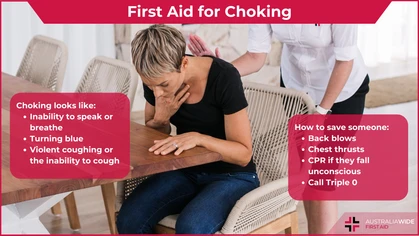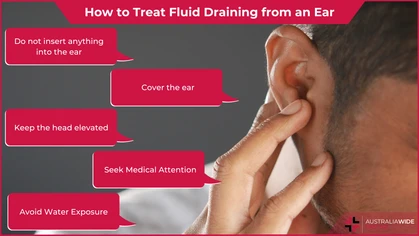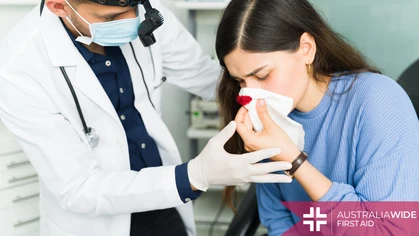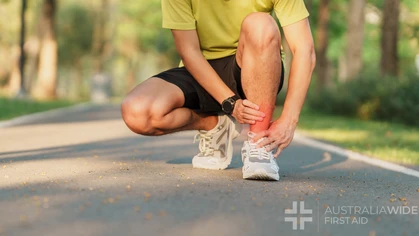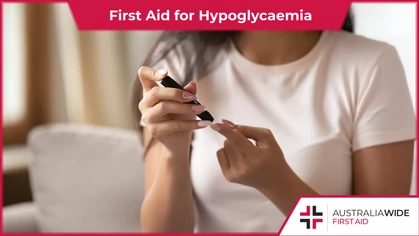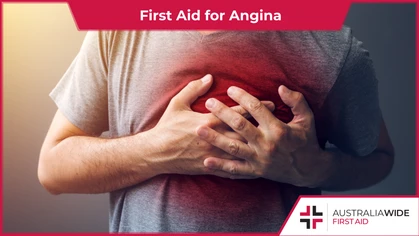First Aid How-To: Tourniquets

How-To
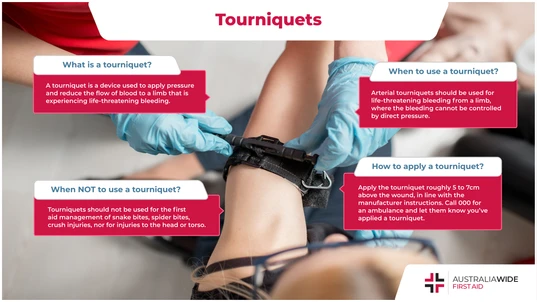
A tourniquet is a device used to apply pressure and reduce the flow of blood to a limb that is experiencing life-threatening bleeding. When applied correctly, tourniquets can increase the rate of survival to 90%.
Injuries present to be a major health care issue in Australia. In 2019-20, over 13,400 deaths were due to injury with victims being able to bleed to death in less than 5 minutes. This has cost the health expenditure in Australia to balloon with an estimated $8.9 billion spent and 527,000 hospitalisations. However, with the right training and knowledge, life-threatening bleeding can be prevented. As a bystander, being equipped on how to control bleeding can save lives. By using tourniquets, survival rates can shoot up from 18% to almost 90% when it comes to controlling bleeding. This has become revolutionary in saving lives. In this article, let’s take a look at what exactly tourniquets are and how you can use them in the case of an emergency.What is a Tourniquet?
A tourniquet is a device used to apply pressure to a limb in order to reduce or stop the flow of blood. The purpose of the tourniquet is to ensure any life-threatening blood flow is delayed until medical professionals arrive on the scene. The tourniquet applies pressure to the limb which limits the blood flow to the traumatised area. Some side effects from this can include soft tissue damage or nerve damage. A simple tourniquet can be made from a stick and a rope, however these are not as effective as commercial and professionally make tourniquets. These DIY tourniquets are to be used in the case of emergencies utilising similar materials available at the time. There are even specially designed tourniquets that can be purchased and added to a first aid kit.When to Use a Tourniquet
Generally, if life-threatening bleeding occurs or if the bleeding is severe, a tourniquet should be used to control the bleeding. However, when bleeding does occur, tourniquets should not be the first action you take as untrained rescuers can easily do more harm than good. Most bleeding can be stopped by attempting targeted direct pressure. With the experience of a trained first aider, using a tourniquet is an excellent way to prevent uncontrollable bleeding and it can be applied to the body for up to 2 hours without any harm. Bleeding can be considered severe and life-threatening in the following situations:- Amputated or partially amputated limb above wrist or ankle
- Shark attack, propeller cuts or similar major trauma to any part of the body
- Bleeding not controlled by local pressure
- Injuries on the head or torso area and areas anywhere other than a limb
- When you cannot place the tourniquet above the site of injury on the limb
- For non-life-threatening bleeding i.e., bites by snakes and spiders
How to Treat Life-Threatening Bleeding
As mentioned earlier, tourniquets are not the only way to prevent life-threatening bleeding. It’s important to follow the basics of wound care in order to reduce the risk of infection before any dressings or blood flow restriction techniques are done. In following the steps below, you’ll not only prevent bleeding but also ensure long-term recovery goes underway with minimal complications:- Whenever possible, cleanse the wound and the skin around the wound using mild soapy water to remove any possible contaminants. You should then gently pad the area dry
- Use R.I.D. Principles: Rest, Immobilise, and Direct pressure
A. Casualty to rest and remain still
B. Apply firm, direct pressure sufficient to stop the bleeding
C. Apply pressure using hands or a pad ensuring that the pressure is maintained directly over the would
D. Immobilise bleeding limb to restrict movement - Call Triple Zero (000) for an ambulance
- Be calm and provide reassurance
- Help casualty move into a comfortable position, if possible have them lying down
- Regularly monitor vital signs
- If the casualty becomes unresponsive and not breathing normally follow DRSABCD (also known as the basic life support flowchart)
- Keep the casualty warm and treat for shock

Tourniquets are often used to control bleeding from shark attacks. If you are on a beach and need to improvise a tourniquet from scratch, you could use a strap, belt, or surfboard rope.
How to Apply an Arterial Tourniquet
If the bleeding is from a limb and cannot be controlled using the aforementioned first aid procedure (direct pressure) apply an arterial tourniquet above the bleeding point. To apply an arterial tourniquet, you should follow the steps below to ensure minimal injury to the victim and to ensure the bleeding is contained:- Apply a commercially manufactured arterial tourniquet roughly 5 to 7cm above the wound
- Wrap the tourniquet around the limb and apply as per manufacturer instructions
- Note the time the bandage was applied
- If the bleeding does not stop, check position and application
- If bleeding continues, apply another tourniquet preferably above the previous one’s position
- Once applied, the victim requires urgent transfer to a hospital. Call Triple Zero (000) for an ambulance and inform them you have applied an arterial tourniquet
- Put on gloves if available, and expose the wound by removing any clothing or debris that may be obscuring your view of the area
- Put constant and firm pressure on the wound using gauze or strips of cloth while you look for tourniquet materials
- Materials advised to make a tourniquet include: a belt, a strip of cloth, bike tube, shoelace, backpack strap, or even a bra
- You will also need a torsion device – this is any strong, short and straight item such as a stick, a flashlight, or even a wrapped-up knife
- Wrap the tourniquet around the limb but never on a joint or on the wound itself
- Use the remaining tourniquet material to tie on the torsion device and then turn it slowly to start constricting blood flow
- Once the bleeding stops, tie the torsion device in place
- Lay the victim down, assess for shock, and cover them with a blanket until help arrives
Final Thoughts
Life-threatening bleeding can be prevented using the right tools and techniques. By utilising a tourniquet, the victim’s survival rate becomes much higher, and this can stall for time while medical professionals are on the way. It’s also important to understand when tourniquets are used so as to prevent any further injuries to the victim. In the case of a DIY tourniquet, making sure you have the appropriate materials is important if your first aid kit does not have a commercially made one. To learn more about when to use a tourniquet and how to use one, you can attend our First Aid course to equip yourself with the knowledge and skills to keep yourself and your loved ones safe.
Originally published at
https://www.australiawidefirstaid.com.au/resources/tourniquet
as part of the Australia Wide First Aid Articles Library
